After witnessing contraction in the first quarter of FY25, the government is expecting public expenditure to pick up in the remaining year, even though there is a need for monitoring automobile and fast-moving consumer goods sales due to the slowdown in Q1 this fiscal, the Finance Ministry’s Monthly Economic Review for August said.
“As public expenditure picks up and the rural economy strengthens, overall growth is expected to remain steady in the subsequent quarters… Urban consumption shows some signs of weakness, evident in the decline in automobile sales in the first five months of the current financial year compared to the same period last year,” the monthly review said.
In its latest biannual Asian Development Outlook (ADO) released on Wednesday, the Asian Development Bank (ADB) had flagged the “failure” of the government to meet its capital expenditure target in FY25 as a downside risk. “To achieve the planned capital expenditure target, central government capital spending needs to grow by 39 per cent year-on-year (Y-o-Y) in the remaining nine months, which may be difficult,” the report said.
The review released on Thursday said that the risk of market correction has risen amid a boom around the world, and if this risk materialises, the spillover effect may be felt globally as well. However, the FinMin report highlighted that low oil prices are a bright spot for the economy.
The review said that navigating the continuing uncertainty in global economic prospects is a challenge on the macroeconomic front. It said, “We will likely encounter a cycle of policy rate cuts globally, amid fears of a recession in advanced economies and continuing geopolitical conflicts.”
The Finance Ministry has maintained the growth projection of 6.5 to 7 per cent for FY25, based on the gross domestic product (GDP) growth of 6.7 per cent in Q1FY25 and the movements in high-frequency indicators till August.
The report also noted that India’s export of goods, even after accounting for the decline in the prices of petroleum products, has grown negligibly in the first five months of the year compared to the same period last year. “It reflects weak global demand and India’s persisting challenges with scaling up production, productivity, and competitiveness,” the Finance Ministry said.
The monthly economic review said that there were also incipient signs of strains in certain sectors, referring to moderating sales of passenger vehicles and a build-up of inventory. It added that data from NielsenIQ indicated that the growth of fast-moving consumer goods sales in urban areas slowed in Q1FY25.
“While these may turn out to be transient with the onset of the festival season, they warrant monitoring. Further, capital spending by Indian states has declined in the current financial year,” the monthly review said.
The review said that in the absence of any serious adverse climate shocks, rural incomes and demand should get stronger, and food inflation will be milder. “The skewed spatial distribution of rain may have an impact on farm output in a few regions.”
In the farm sector, the review said, higher kharif acreage is already visible, and adequately replenished reservoir levels will potentially give a fillip to the upcoming rabi crops as well.
First Published: Sep 26 2024 | 6:25 PM IST

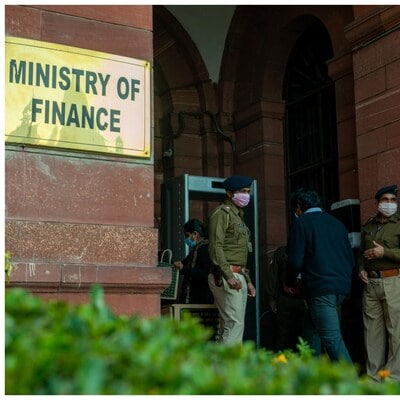


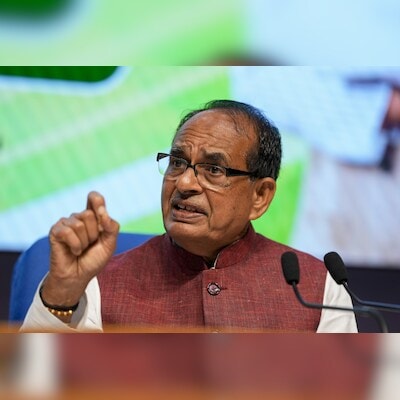



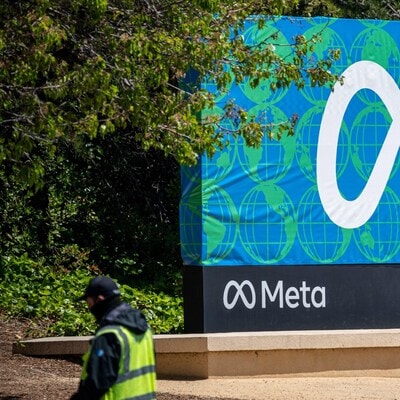

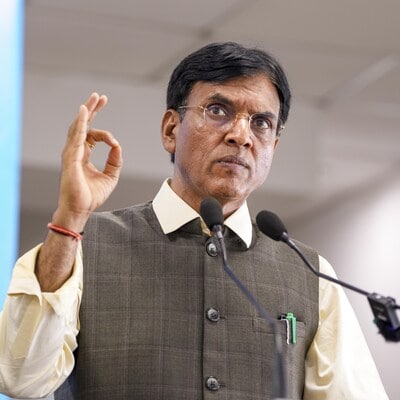

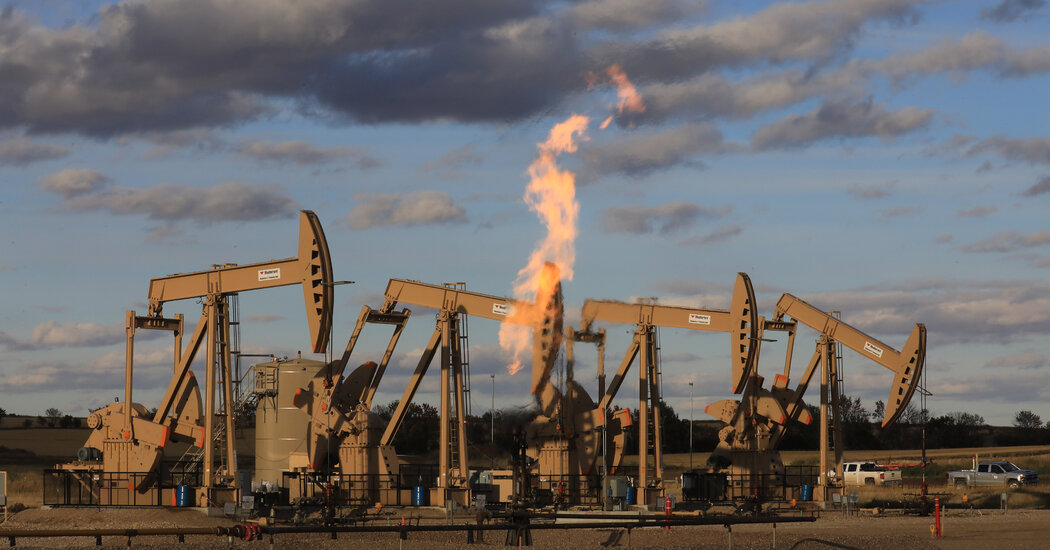
Leave a Reply